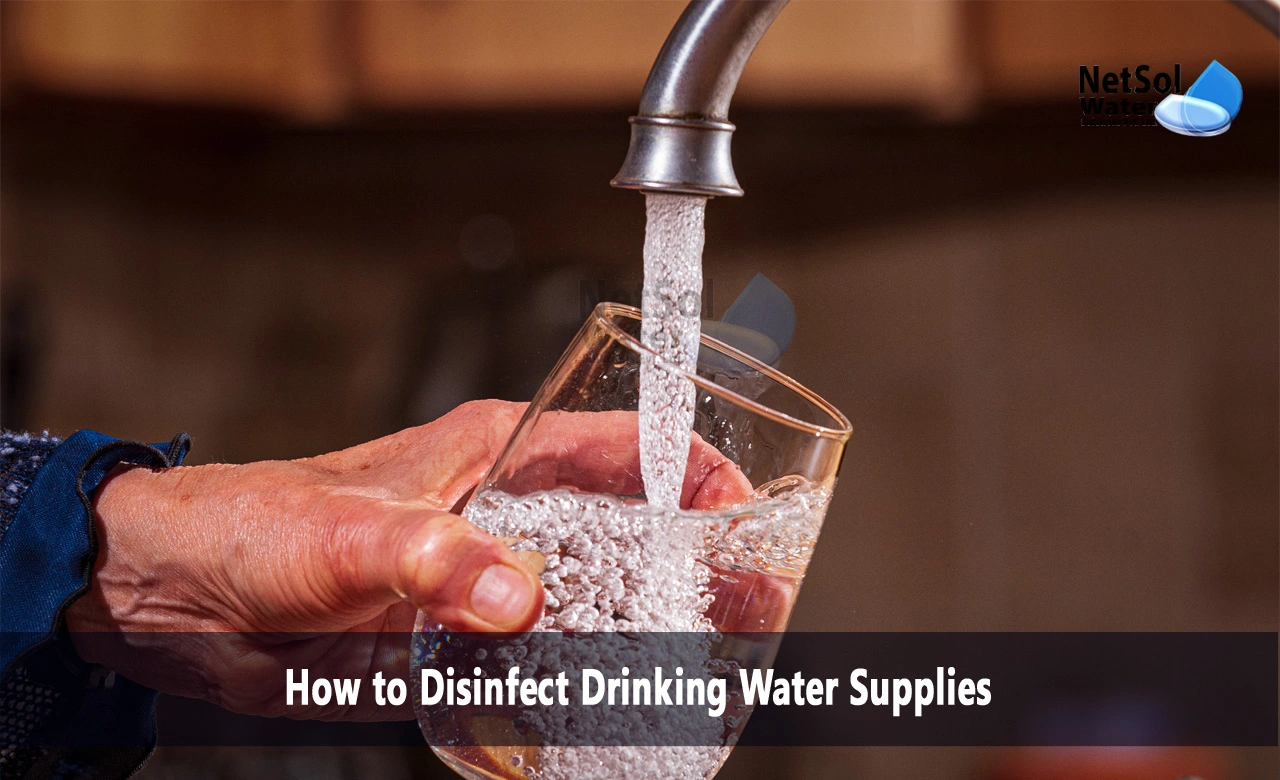How to Disinfect Drinking Water Supplies?
Providing clean and safe drinking water is crucial for public health. Water supplies can become contaminated with pathogens like bacteria, viruses, and parasites that can cause serious illnesses if consumed. To prevent this, drinking water utilities use disinfection methods to inactivate or kill any pathogens that may be present in source waters. The two most common disinfectants used are chlorine and ozone.
1- Chlorination
Chlorination is the process of adding chlorine gas, hypochlorites, or chloramines to water to kill microorganisms. Chlorine has been used to disinfect drinking water supplies for over 100 years and is still one of the most widely used disinfectants globally.
When chlorine is added to water, it reacts with water molecules to form hypochlorous acid (HOCl) and hypochlorite ions (OCl-). These compounds are powerful oxidizing agents that damage cell membranes and inhibit enzyme activity in microorganisms, effectively destroying them.
Chlorine is an effective disinfectant for bacteria and viruses and provides residual disinfectant capacity in water distribution systems. This means it continues disinfecting for a period after initial dosing. The amount of chlorine added and contact time required depends on water quality, but a typical dose of 1-4 mg/L chlorine with a contact time of 30-90 minutes can achieve adequate disinfection.
While chlorination is affordable and effective, it can react with natural organic matter in water to form disinfection byproducts like trihalomethanes which are potentially carcinogenic. It also produces a distinct chlorine taste and odor in water.
2- Ozonation
Ozone (O3) is a highly reactive gas that can be generated onsite and bubbled through water to inactivate microorganisms through oxidation. Unlike chlorine, ozone decomposes back into oxygen shortly after use and does not produce persistent disinfection byproducts.
When ozone is dissolved in water, it reacts to form secondary oxidants like hydroxyl radicals and bromine radicals that damage proteins and enzymes in pathogens, compromising cell integrity and function. Ozone is very effective at inactivating Cryptosporidium and Giardia parasites which are resistant to chlorine disinfection.
Ozone doses of 0.5-5.0 mg/L and contact times of 4-20 minutes efficiently inactivate bacteria, viruses, and parasites in water. It provides little to no residual disinfection, so it is often followed by chlorination to provide protection within distribution systems.
Ozonation requires substantial capital investment and operating costs for ozone generation. It can also oxidize bromide ions in water to bromate, which is a suspected carcinogen regulated by the EPA. Proper monitoring and control of ozone dose, contact time, and pH is necessary to achieve disinfection while minimizing bromate formation.
Conclusion
Both chlorination and ozonation are important disinfection methods for treating pathogen-contaminated drinking water supplies. Chlorination is simple, affordable, and provides residual disinfectant capacity while ozonation effectively inactivates resistant pathogens like Cryptosporidium without disinfection byproducts. Careful control and monitoring is needed for both to balance microbial inactivation and formation of regulated disinfection byproducts. Using chlorine and ozone together provides both initial and residual disinfection for optimum protection of public health.
Do you need an advice or assistance on selecting the best water and wastewater treatment unit? We have solutions for all your problems!
Let us know your problem, our experts will make sure that it goes away.
For an assistance or related query,
Call on +91-965-060-8473 Or write us at enquiry@netsolwater.com



